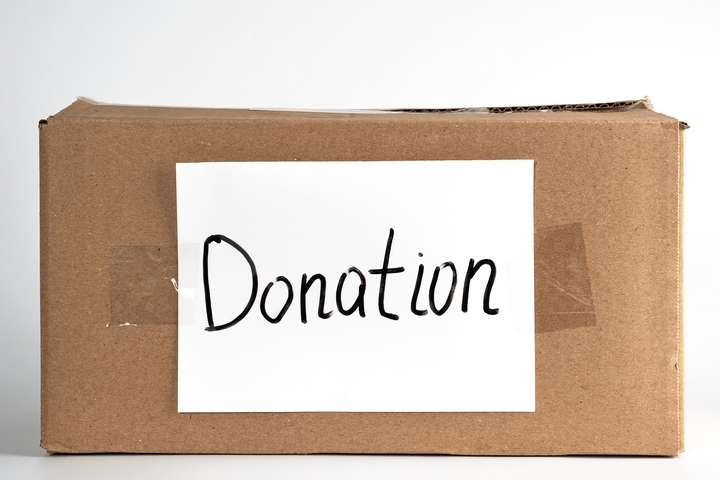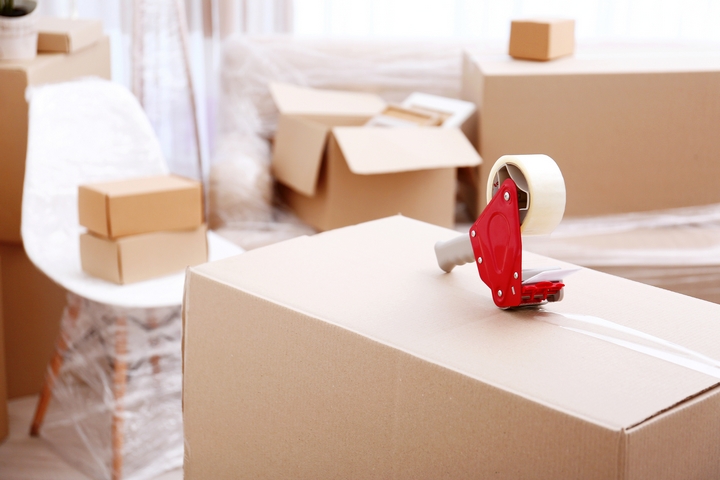
First of all, we just want to say congratulations! Moving—a single word that encapsulates an entire universe of emotions, experiences, and expectations. It’s a word that signifies change, adventure, and a fresh start.
Whether relocating to a new city, stepping into a bigger space, or downsizing to a cozy nest, moving is a grand transition, a journey from one chapter of your life to another. It’s a transformation filled with the thrill of new beginnings and the bittersweet tinge of farewells. And while moving might be exhilarating, the process can be a labyrinth of logistics and decisions.
We’re not just talking about packing boxes and renting a truck; we’re diving deep into the art of preparation. Before you begin the whirlwind of packing, labelling, and navigating moving trucks through city streets, there are critical steps to take—actions that will pave the way for a seamless transition.
Read on to discover how to turn this stress-inducing process into an anxiety-free, adventure-inducing fun!
1. Create a moving timeline

Moving can be a whirlwind experience; without a clear plan, it’s easy to feel overwhelmed. That’s where a well-crafted moving timeline comes in. This isn’t just a simple calendar with your move-in and move-out dates; it’s a comprehensive roadmap that will guide you throughout the process.
Begin by establishing those all-important dates, considering any work or personal commitments. Then, work your way backward, setting milestones for critical tasks like decluttering, packing, hiring movers (if necessary), and notifying utility companies.
This timeline will be your secret weapon for staying organized and focused, ensuring that nothing falls through the cracks during this busy period.
2. Storage container rentals

Sometimes, moving isn’t just about seamlessly transitioning from one home to another. It’s also about finding a temporary home for your belongings, especially if your new place isn’t quite ready or you’re downsizing and need time to decide what stays. That’s where storage container rentals come into play.
These portable storage units provide a convenient and secure space for your items during the transition. You can load your possessions into the container at your own pace, and the rental company will transport them to a secure facility or your new location.
It’s a space-saving solution that allows you to declutter without the pressure of immediate decisions, making your move a smoother and more organized experience.
3. Declutter and donate

One of the most liberating aspects of moving is the opportunity to declutter and shed the excess baggage of our lives. Start this process by methodically going through each room in your current home. Sort your belongings into categories: items to keep, items to donate, items to sell, and items to toss.
Be discerning in your decision-making. If an item no longer serves a purpose or brings you joy, it’s time to bid it farewell. The items you choose to part with can find new life through donations to local charities, hosting a garage sale, or selling online.
Not only will this leave you with a lighter load to move physically and emotionally, but it will also provide a fresh start in your new home with only the belongings that truly matter to you.
4. Notify anybody who needs to know

Changing your address is a critical step in the moving process, and it involves more than just notifying your friends and family. Start by contacting the post office to set up mail forwarding, ensuring no important correspondence is lost during the transition.
Beyond that, inform your bank, credit card companies, insurance providers, and other financial institutions of your new address to prevent billing issues and ensure you continue receiving essential documents. Don’t overlook government agencies like the DMV and voter registration office; they also need your updated address.
And, of course, share your new address with friends and family to maintain your connections. Properly notifying all the relevant parties will help you start fresh in your new home without the hassle of missing mail or important documents.
5. Gather packing supplies

As the moving date approaches, gathering all the necessary packing supplies is essential. This includes an assortment of sturdy boxes in various sizes, packing tape, bubble wrap, packing paper, and labels. Consider the quantity and quality of these supplies to ensure a smooth packing process.
Don’t forget to consider eco-friendly options, such as using reusable plastic bins or borrowing boxes from friends and family. An ample supply of packing materials at your disposal ensures that you won’t run out when you need them most, making the packing process more efficient and less stressful.
6. Start packing, room by room

Packing is a task that can quickly become overwhelming if not approached systematically. Instead of viewing it as a daunting endeavour, break it down into manageable steps. Begin by packing items from one room at a time. This approach helps maintain your sanity and keeps you organized throughout the process.
As you pack, label each box with its contents and the room where it should be placed in your new home. Use bubble wrap and packing paper to protect fragile items, and pack heavier items at the bottom of boxes and lighter ones on top.
Remember that packing is a journey, not a sprint, so pace yourself and enlist the help of friends or family if needed.
